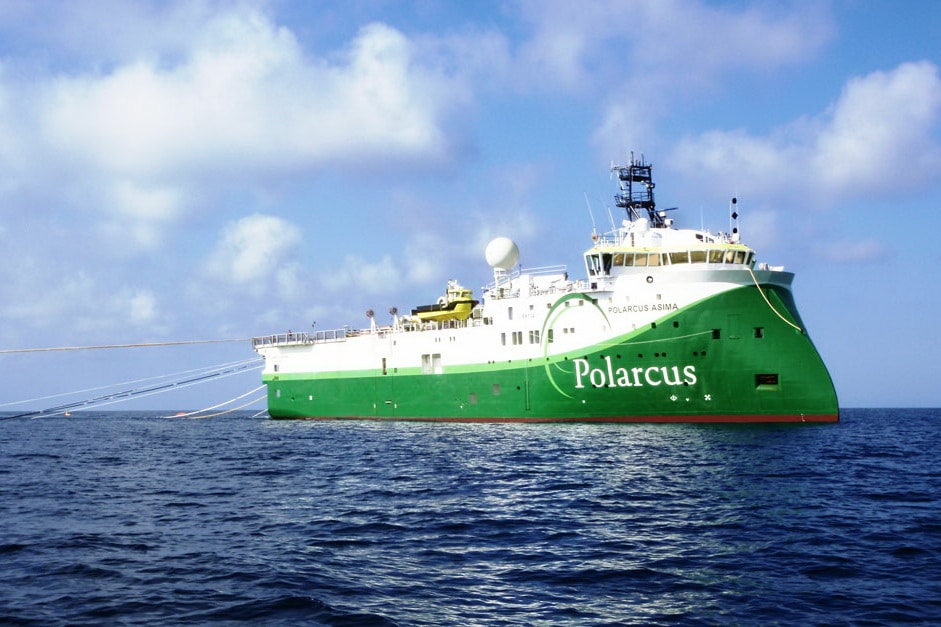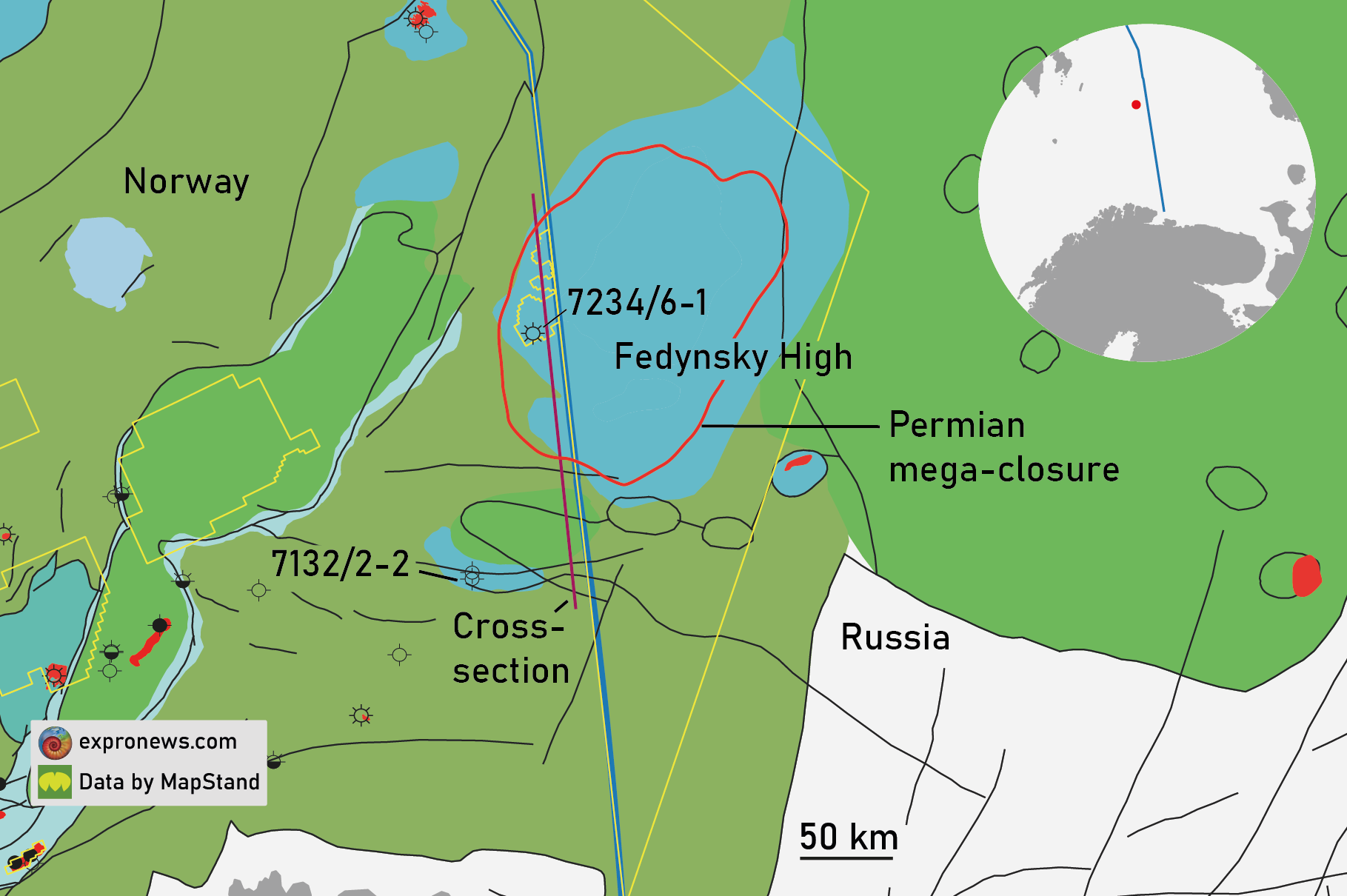In the 1990’s 50% of discoveries were less than 30mboe on the Norwegian continental shelf. By the 2010’s 50% were less than 19mmboe.
Over the same period, technical success rates increased from 44% to 51%, while commercial success rates decreased from 27% to 22%.
Whilst 61% of discoveries made in the 1990s were considered commercial, only 43% of more recent discoveries are likely to be developed.
NCS Exploration: Recent Advances in Exploration Technology, Fornebu, May 21-22

However, the availability of high-quality broadband 3D seismic data offers new insights into the subsurface, allowing ever more subtle prospects to be identified. Unfortunately, many of these pools have been too small to be developed when drilled, according to a report issued by Westwood global Energy Group.
In 2018 Westwood was commissioned by the Norwegian Petroleum Directorate (NPD) to review advances in exploration technology and geoscience since 1990 and the impact on exploration on the Norwegian Continental Shelf (NCS). The report reviewed 11 technology themes including Risk and Uncertainty Analysis and Ways of Working as well as Quantitative Seismic Analysis and Electromagnetic techniques.
The study showed how advances in technology and geoscience since 1990 allowed the industry to increase overall discovery rates, however, the increasing maturity of the plays being explored meant that discovery sizes have decreased, and commercial success rates have declined.
That is, the industry got better at finding small accumulations.
It has been long been recognised that, even when successful, explorers tend to find smaller accumulations than expected pre-drill.
Westwood estimates that more than 76% of discoveries were smaller than 50% probability of exceedance and 50% were smaller than the 80% probability of exceedance.

Register for the conference

Photo: Halfdan Carstens





